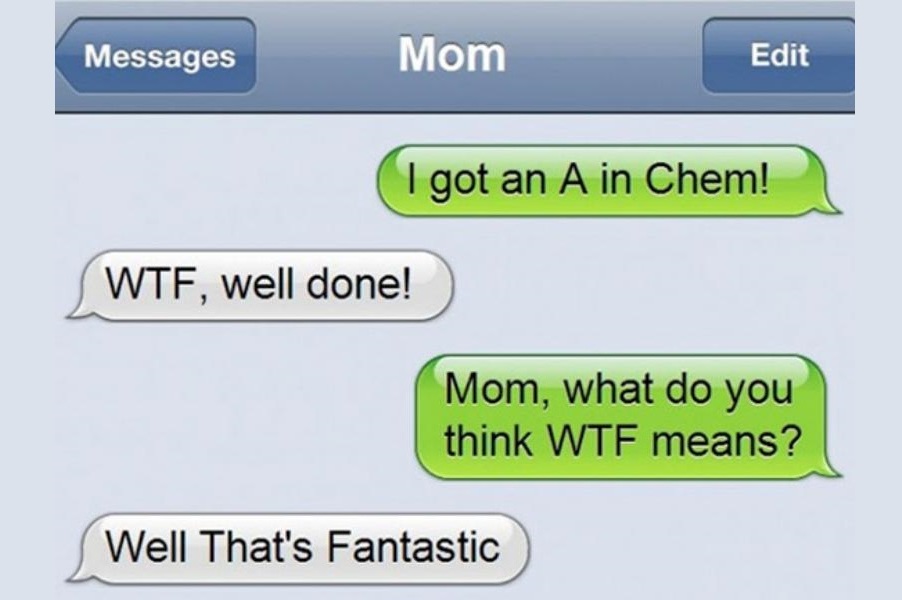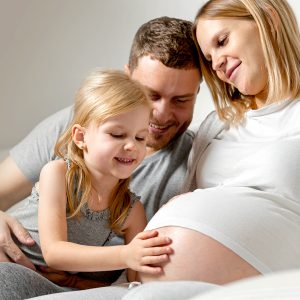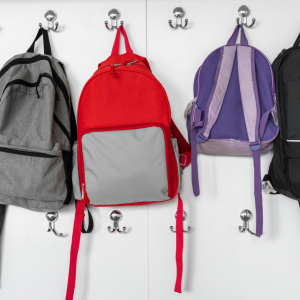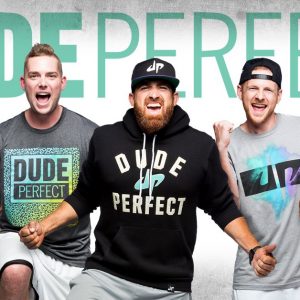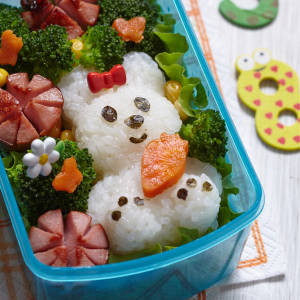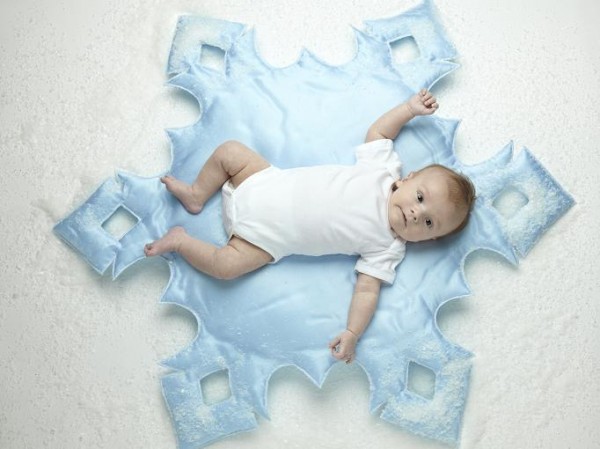
If you’re thinking the whole idea of a Snowflake Baby is too complicated to comprehend, think again “” the concept is actually quite simple, although the process is less so.
It sounds more like the name of a kid’s cartoon than anything sciencey-related. However, there it is, the name of given to human embryos science freezes in time and gifts to unfertile parents.
Snowflake because they are frozen, get it? It’s cute.
These snowflake babies are fast becoming “the boom” of the infertility world “” a sort of mother-to-mother womb gift if you will “” helping parents everywhere experience the miracle that is bearing a child.
Basically, when people go through the IVF process, they have a number of embryos created “” usually more than they will end up using.
Some people decide they do not want to destroy these excess embryos or donate them to scientific research, so they “donate” them to be “adopted” by infertile couples. How lovely.
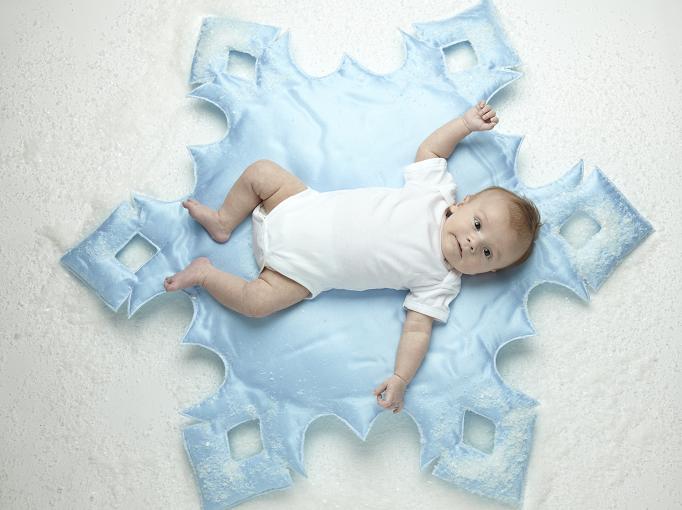
The couples using the adoption process are usually the ones who have already gone through IVF process unsuccessfully, because one or both of the parties have had complications, but desperately want to bear a child (or children) of their own. They want to welcome a child (or children) into the world the motherly way, rather than adopting a child already born. It’s a nice concept, which is why it’s becoming such a popular choice for infertile parents.
The actual procedure is basically the same as IVF “” frozen embryo (Snowflake Baby), doctor transfers embryos to uterus, cross fingers, pregnancy “” except the embryos are not your own, they have been adopted. They call it a transfer, not implantation, because there is no way to actually “implant” the embryos; they have to do it themselves like natural conception. All the doctor can do is pop them up there on your uterine wall and hope they cling on. Fingers crossed!

So, seeing that the little snowflakes that have been implanted are not, biologically speaking, your own flesh and blood, there is a formal adoption process parents will have to go through before the “transfer” takes place.
This is a similar process to parents who chose a sperm donor, where you receive basic information about the donor couples “” height, hair/eye colour, age (presumably at the time of embryo creation), ethnic/racial background “” plus information on the number and developmental stage of their embryos.
For your information, embryo donation is legal in all Australian states and territories.
Whilst there is no federal legislation covering Assisted Reproductive Technologies (ART), there are national Guidelines produced by the National Health and Medical Research Council (NHMRC) and a Code of Practice developed by the Reproductive Technology Accreditation Committee (RTAC) of the Fertility Society of Australia. All IVF/Fertility clinics must comply with both the guidelines and the code of practice to be accredited. Where each state and territory in Australian that has legislation covering ART, IVF/Fertility clinics must also follow those laws.
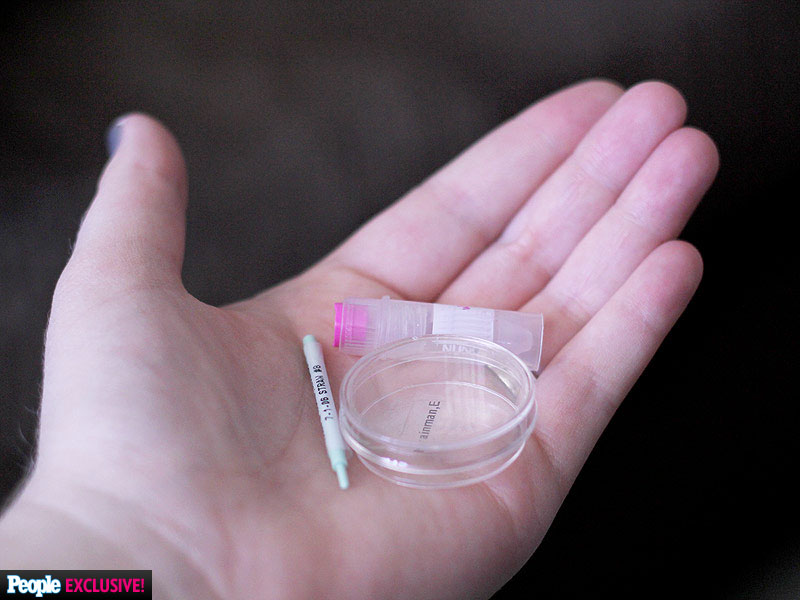
It’s all a bit of legal blah, blah, but it is important to try pay attention.
In a way you could see this Frozen Baby adoption process as like a hybrid of contract law and regular adoption laws. The embryos cannot be sold, and the donors cannnot be compensated financially, so the actual giving from the biological parents to the adoptive parents is covered in a contract facilitated by the clinic in which the adoption takes place.
The prospective adopting couples must also go through a process to determine their suitability as parents, just as regular adoptive parents do. The adoption can be “closed”, where no contact with the biological parents, and neither party gets much info about the other; the adoptive parents get a short medical history and basic physical info like height, eye color, ethnic background etc.
Or it can be “open”, where negotiations can be made about the amount/type of contact between the donors and the child (children).
During the adoption home study, the adopting parents would have their relationship, home life, financial situation, and basically every aspect of their life picked over to determine their suitability as parents.
So there you have it. Snowflake Babies is just about the cutest name you could give to a very sciencey-parent-legal-pool of complication that is in fact pretty darn cool for new parents.




 Top 14 Online Adult Shops in Australia
Top 14 Online Adult Shops in Australia  List of Environmentally Friendly Disposable Nappies (and...
List of Environmentally Friendly Disposable Nappies (and...  List of the Best Weight Loss Shake...
List of the Best Weight Loss Shake...  Where to Buy Wholesale Vibrators to Sell...
Where to Buy Wholesale Vibrators to Sell...  Our Honest Bed Threads Review 2021
Our Honest Bed Threads Review 2021 